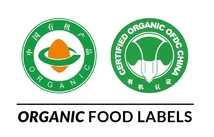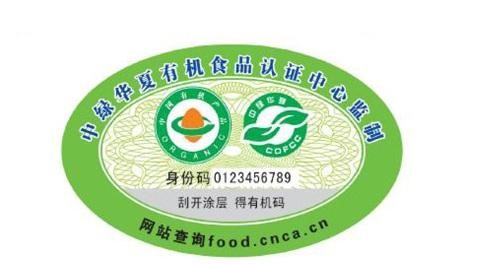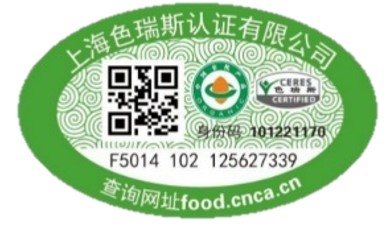
Introduction to the Chinese Organic Code Requirement
Who benefits from the Chinese Organic Code
- Are you an organic food or beverage manufacturer?
- Do you operate in the Chinese organic food market?
- Or do you have a plan to enter this massive economy?
You will find this article helpful for the application of the Chinese Organic Code and how to stay compliant to this specific coding requirement.
First Generation of Organic Code
The first generation of this Organic Code labeling was published in 2005. At that time, it was just an additional food label without any coding requirement, which made the label easy to copy by counterfeits.

After the Chinese baby milk scandal in 2008, with an estimated 300.000 affected babies, including 54.000 hospitalized and 6 deaths, the need to improve the overall food safety regulations in China became one of the government’s top priorities.

Second Generation of Organic Code
In 2011, China introduced the second generation of the organic food label. In addition to the previous label a unique 17-digit Organic Code was added to the requirement. The second generation of the Organic Code made traceability an invincible part of the evolution in the Chinese food industry.
Two years after the launch of the second generation label, both consumers and manufacturers encountered limitations. For example, identifying the certification status before purchasing was not possible since consumers needed to scrub the protection to gain access to the verifying code. Also, entering the 17-digit code manually was not convenient. Thus, the consumers’ usage rate of this feature was low.
Third Generation of Organic Code
In order to make the tracing of organic products more user-friendly, while encouraging consumers to use the feature, a QR code was introduced as the third generation of Organic Code in 2014. This additional QR Code is the 2D format of the 17-digit Organic Code, including the brand ID certification, year of production and a random unique serial number.

The third generation of organic code has continuously been applied on food products until now.
Organic Code Requirements and Organic Market
The Organic Codes are not generated by manufacturers but provided by the Chinese authorities and contains a 17-digit numeric code. This 17-digit code includes:
- The Product ID certification: digit 1 to 3
- The current year: digit 4 and 5 (2021 shown as ‘21’)
- A unique serial code
From the definition of the digits, the organic code is dedicated to the current year. It cannot be transferred to the previous year nor the following year. The 17-digit code must be linked to a QR code to print on each package. The manufacturer’s ERP should generate and transfer the organic code to the plant server, and the QR code could be transferred or generated at the production plant level to be able to print on item level.
According to the China Organic Products Certification and Organic Industry Development Report, the local organic food market was valued at RMB 68 billion (US$10.3bn) as of 2019, processing food products is the major category and represent 93% of the total organic food market. In 2020, 14.000 local brands are certified as organic in China, compared to 220 international brands.
The Chinese organic food market is one of the largest in the world, with the impact from COVID-19 pandemic, consumers are taking health as the major concern when they decide which food to buy. The increasing buying power from Chinese consumers brings entry opportunity and growing potential for western organic brands to penetrate the market.
The Organic Code on the Laetus Unified Platform
Back to 2017, Laetus received the first request from our customer, one of the top 5 food manufacturer in the world, to add the Organic Code feature to their product which is produced in Europe and exported to China.
The architecture of Laetus UP software allows our customer to introduce the concept of the Organic Code Label as a new serialization approach while moving these products from batch constant printing to serialization technologies. Alternatively, the Organic Code information can be easily linked to an existing serialized QR code which can track and trace a product from production site to retail shops and to consumers’ tables. Serialization technology is the key element for consumer engagement, brand protection, and supply chain tracking.
Discover our step-by-step consumer engagement guide for the food industry here.